Anterior knee pain is an injury of the knee in which pain is experienced at the front and center of the knee. It is the most common form of injury to knee in adolescents and young adults, and in both athletes and non-athletes. Over 9 percent of young, active adults have suffered from anterior knee pain, and it accounts for a quarter of all knee problems treated at sports injury clinics. It is especially common in women and is one of the more debilitating injuries of the knee; if left untreated, it can create chronic disability. Read more…
Knee pain is one of the most common physical injuries and has many possible causes. For this reason it’s difficult but all the more crucial to get an accurate diagnosis for treatment for knee pain. Patients may develop knee pain as a result of arthritis, ligament injuries, cartilage injuries, dislocated kneecap, bursitis, or patellar tendinitis. Luckily there is a variety of knee pain treatment options. Read more…
Osteoarthritis knee pain can be debilitating, and we at the New York Dynamic Neuromuscular Rehabilitation have successfully treated many patients with osteoarthritis of the knee for over 15 years.
Our doctors and staff are careful to devise treatment plans that are specific to our individual patients. In order to successfully treat our patients, we must take their age, gender and living situation and overall health into account. An otherwise healthy 60 year old who’s used to playing sports can’t be treated the same way as a 70 year old who’s been obese for most of her life and has developed co-morbidities besides arthritis. But no matter, who the knee arthritis patient is, they can depend on the skill, compassion and years of experience of our medical staff. Read more…
Our treatment of knee joint pain begins with complete ultrasonographic and dynamic evaluation of the kinetic chain of the lower extremity by technological Gait analysis which includes the hip and the foot. The hip and foot misbalance directly affects the knee since foot placement and hip alignment determines movement at the knee. In such cases, repairing movement dysfunctions of hip and foot will reduce stress overload to the knee and encourage its tissue healing. This strategy is combined with direct treatment of the injured knee tendons and other affected tissues. Read more…
Meniscal tears are a common cause of knee pain. Typically, athletes who play contact sports, are most at risk for meniscal tears. However, anyone at any age can suffer from a torn meniscus. In fact, about one-third of people over 50 will suffer a torn meniscus, with meniscal tears being more common in men than in women. Men are around two and a half to four times more likely than women to develop a torn meniscus. Read more…


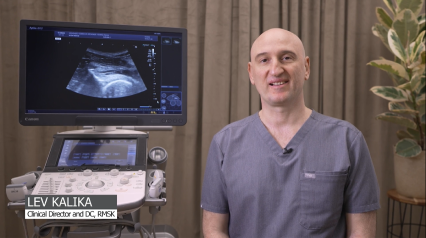
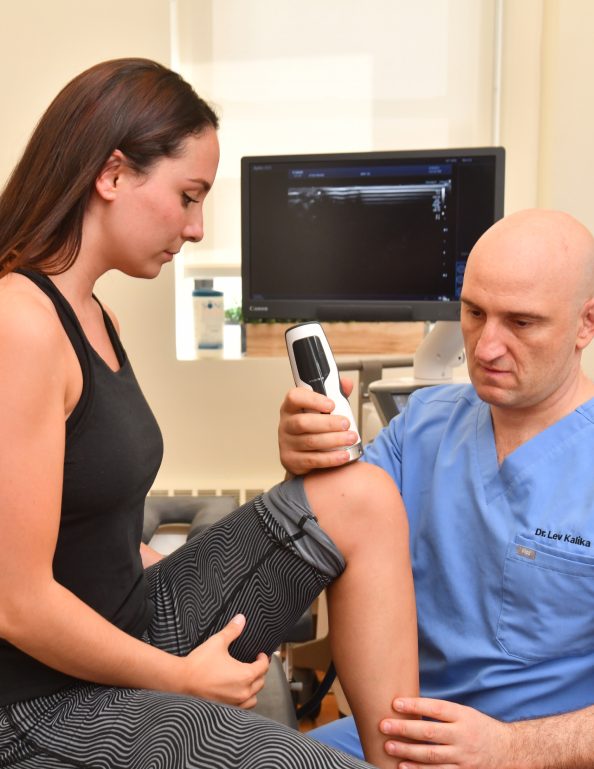






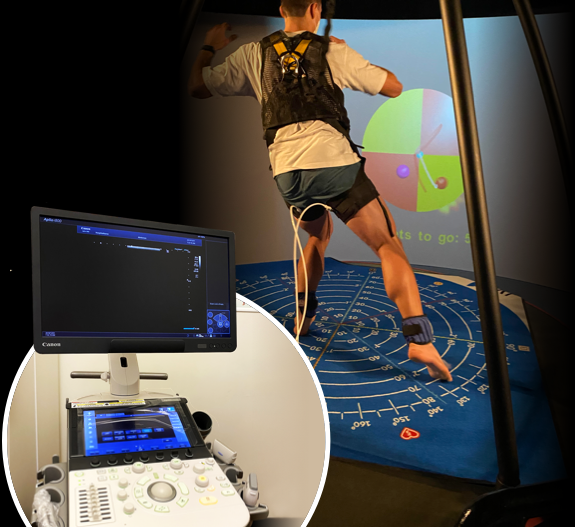
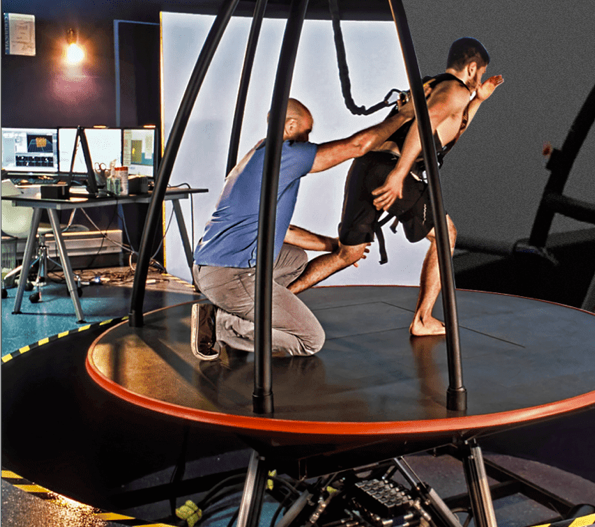
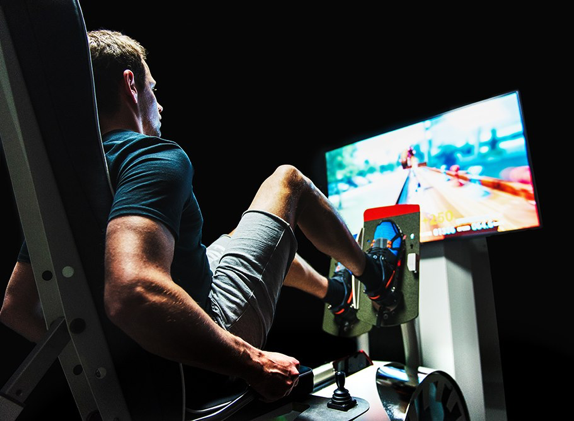







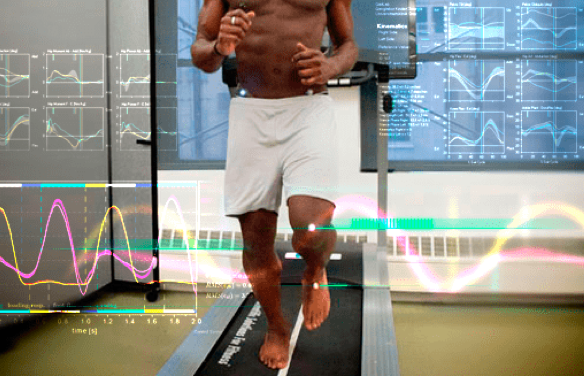
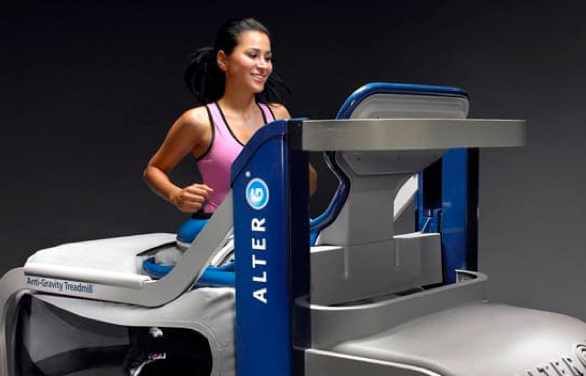
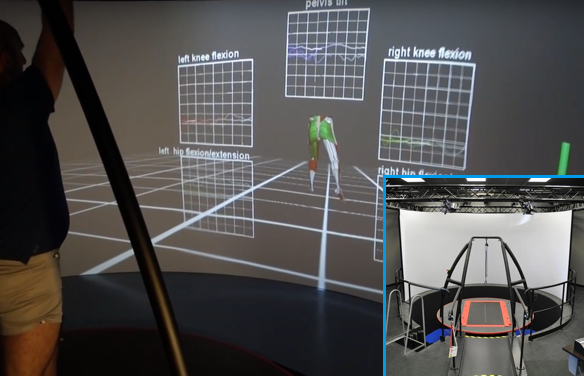
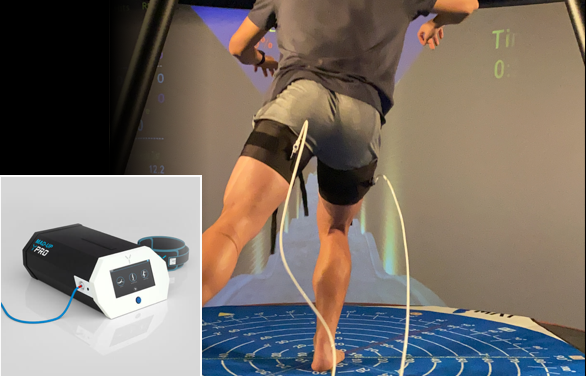
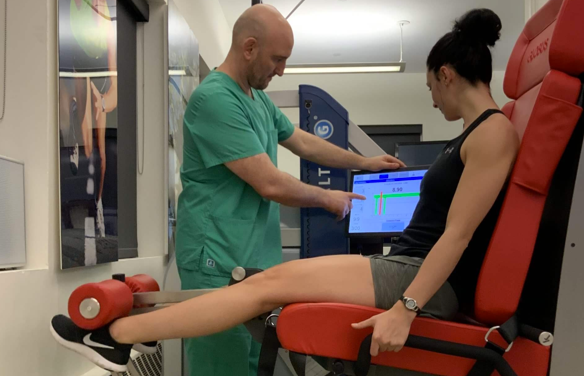
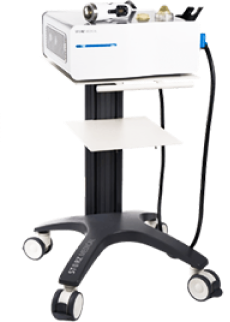
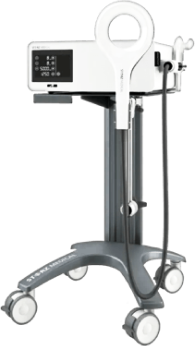
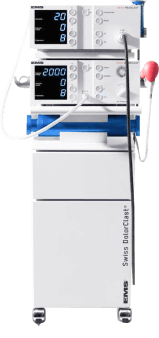
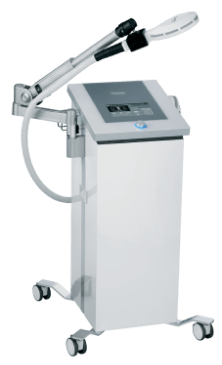

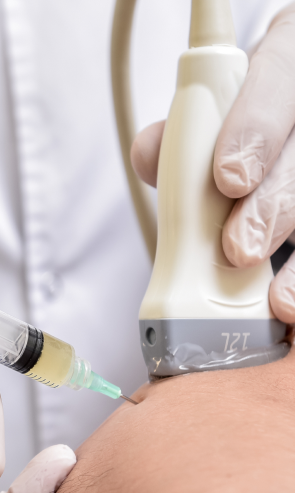
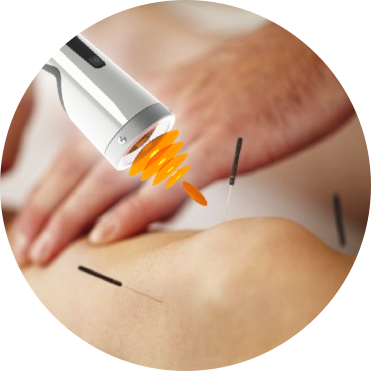
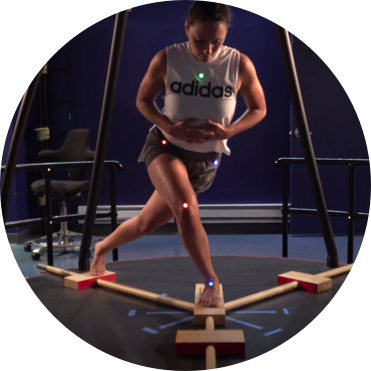

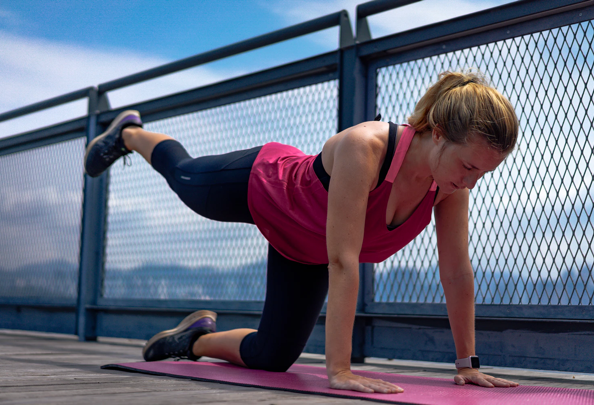



























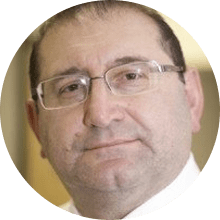 Dr. Mikhail Bernshteyn
Dr. Mikhail Bernshteyn  Dr. Michael Goynatsky
Dr. Michael Goynatsky 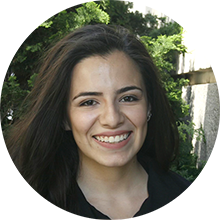 Dr. Daniela Escudero
Dr. Daniela Escudero  Dr. Michelle Agyakwah
Dr. Michelle Agyakwah 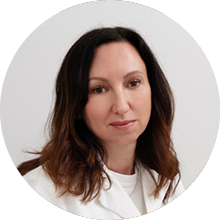 Dr. Tatyana Kapustina
Dr. Tatyana Kapustina 

























